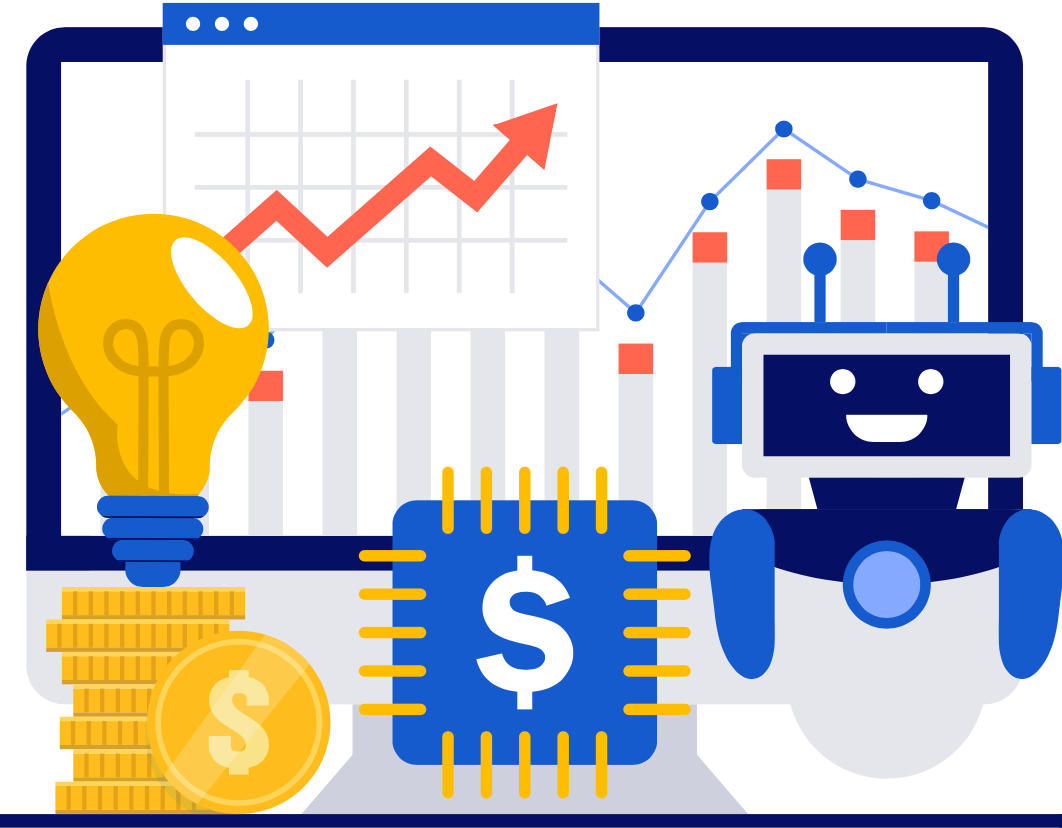Menu
- About Us
- Services
- Industries
- Resources
- Careers
- Contact

It’s common for the customers of medical device manufacturers (MDM) to see field service engineers (FSE) and technicians as a trusted advisor. That’s because the very nature of their job is to solve device problems and bring greater clarity to its use in ways that benefit the customer.
While it’s important to never blur the lines between customer support, customer service, and sales, it’s still possible to enhance the trusted advisor role in ways that transform field service into a profit center. The goal is to equip FSEs with the right combination of education, tools, skills, and technology to maximize their effectiveness. This creates a closed loop between product support, customer service, R&D, sales, and marketing.
In the first installment of this blog series titled “Transforming Field Service into a Profit Center,” we looked at the following two of five educational areas for empowering FSEs to do just that in a customer environment:
This time, we’ll tie it all together with the right mobility tools and technology for seamless digital communication, documentation, and signature flow across the company while in the field. That requires equipping FSEs with an enterprise workflow automation software platform that drives seamless customer support and a stronger bottom line.
Building FSE soft skills for operational and situational awareness while they’re in the customer’s business environment can yield the following important insights:
Making note of these insights requires that the FSE has the tools and capabilities that enable them to do their job as best they can in terms of solving product issues, which include:
All these needs are fulfilled by seamless data communication and processes between customer service, product support, and the FSE, which includes:
Mobile devices used by the FSE must have a way to integrate communications, documentation, and collaboration paths to deliver a seamless customer experience. The answer to this challenge is an enterprise workflow automation software as a service (SaaS) platform that is easily customized and very adaptable to varied needs and users.
The MDM SaaS platform must be able to provide sales, marketing, customer service, product support, and its FSEs with the following customizable functionality:
This closes the loop between FSEs, customer support, marketing, and sales. The resulting streamlining lets the FSE transfer pertinent information and documentation in real time. FSEs can then move to their next assignment while the appropriate person/department acts on the provided information.
Customers are happiest after a device challenge or question has been resolved by the FSE. The FSE is the focus of that positive customer experience (CX), which makes the customer more receptive to FSEs advising on unseen opportunities. These can include ways for the customer to increase efficiency through a service, product, or upgrade that meets the needs of a known pain point. This is all derived from casual FSE conversation, operational/situational observations in the customer environment, and the service call.
Automatic software platform connection to specific documentation, forms, and the right sources within the company empowers the FSE to:
The valuable service benefiting customer, FSE, and MDM results in a 360-degree view of the customer journey that fosters continuous improvement. The software platform is the key to all of this. But its structure, transparent use, and customization are vital to seamless integration and enabling field service to transform into a profit center.
Transforming field service into a profit center is about digitally integrating the untapped connections between the FSE and:
While the software is the conduit for that connection, it must be simple to use for the FSE. As an enterprise workflow automation solution, it must have the same level of customization across all departments to enable:
The ability to complete digital work orders and make note of potential upsell opportunities are perfect examples of maximizing the opportunity when the FSE has the right person in front of them for immediate sign-off. The workflow software’s automatic form population capabilities will make it easy for the FSE to complete work orders and other documentation. The software’s communication functions enable them to automatically pass on the following information to the appropriate people and departments:
The right enterprise-wide software platform based on a module approach should do these things extremely well.
These FSE processes and enterprise workflow automation software must be highly customizable to ensure that their use in the field is simple, intuitive, and automated wherever possible. The software should make it easy for the manufacturer to streamline its functionality for different user needs.
For example, the FSE should only see the document and process fields they need to see. The module-based enterprise workflow automation SaaS should be intuitive to eliminate any FSE learning curve for an effective user experience (UX) so they can do what they do best.
This level of customization must ensure that it reflects new functionality changes across modules while making sure that they are compatible with established functionalities. The software must take user interface (UI) or back-end process tweaking or changes on a code level out of the equation.
The goal of turning field service into a profit center has far-reaching efficiency and bottom-line implications that ripple throughout the MDM enterprise. While profit center transformation takes time, SaaS workflow platform implementation can streamline and organize the process.
A modular workflow platform enables an MDM to stage implementation rollouts in ways that maximize benefits while minimizing disruption. This makes continuous improvement part of the company culture in ways that ensure it serves the needs of the customer, the company, and the bottom line.
Get the latest insights for business leaders looking to eliminate mistakes and repetitive processes with technology.

Solugenix
Technology & Process for Growth
601 Valencia Ave, Suite 260
Brea, CA 92823
Call us: 1-866-749-7658